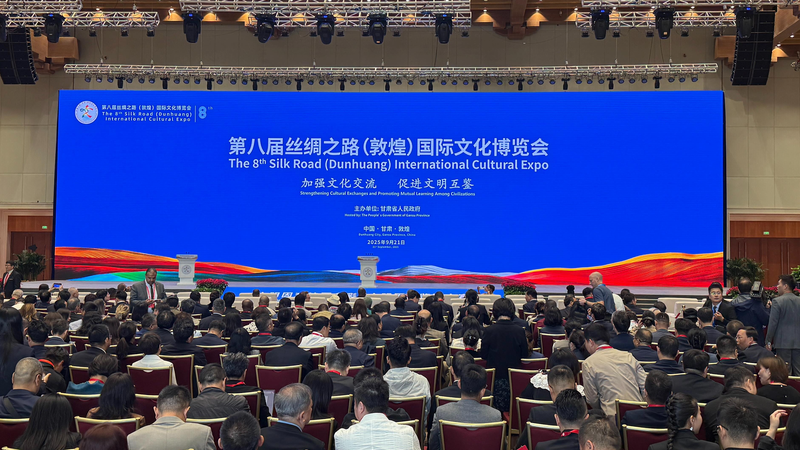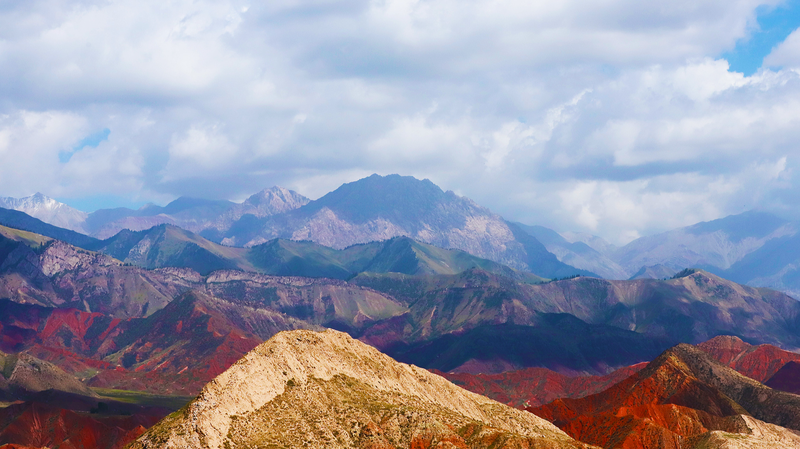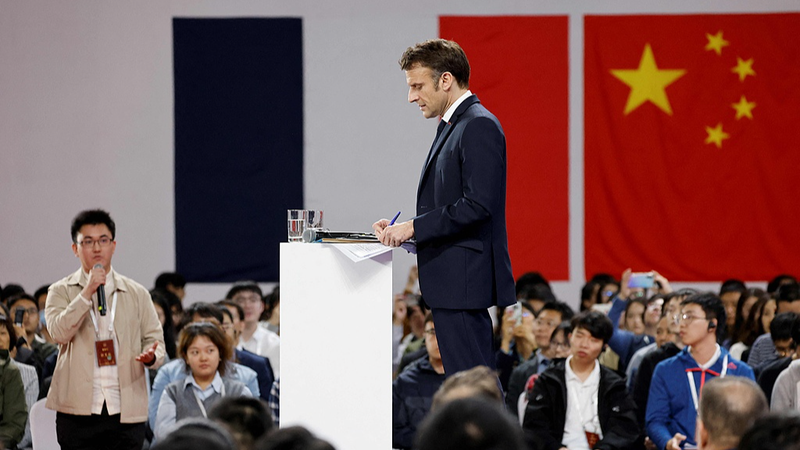The 8th Silk Road (Dunhuang) International Cultural Expo opened this Sunday in Dunhuang, Gansu Province in the Chinese mainland, drawing more than 1,200 delegates from 97 countries and eight international organizations. Over two days, the event will host cultural dialogues, exhibitions and artistic performances designed to foster global cooperation and celebrate heritage.
“Dunhuang is a symbol of the Silk Road – an important hub where civilizations converge, ideas flow and art thrives,” said Prasop Riangngoen, Permanent Secretary of the Ministry of Culture of the Kingdom of Thailand. As guest of honor, Thailand is showcasing traditional ethnic customs alongside its rich cultural heritage.
Echoing this spirit of exchange, murals in the Mogao Caves share striking similarities with temple art in Thailand, highlighting centuries-old connections across Asia. The Mogao Caves, inscribed on the UNESCO World Heritage List in 1987, offer a visual narrative of religious, artistic and intellectual dialogues that shaped the Silk Road.
More than 2,000 years ago, Dunhuang was a gateway for Chinese silk and tea heading west, and for grapes, carrots and pomegranates entering the Chinese mainland. Today, the city continues to link past and present, serving as a cornerstone of the Belt and Road Initiative and attracting scholars worldwide.
This edition spans roughly 24,000 square meters, presenting the latest in Dunhuang studies, cultural arts, intangible heritage and creative products. Participating Belt and Road nations are also highlighting their unique tourist attractions, traditions and efforts to protect intangible cultural heritage.
As global citizens, entrepreneurs and culture enthusiasts converge here, the Expo underscores how shared history and artistic collaboration can unite communities and inspire the next wave of cross-cultural innovation.
Reference(s):
cgtn.com




